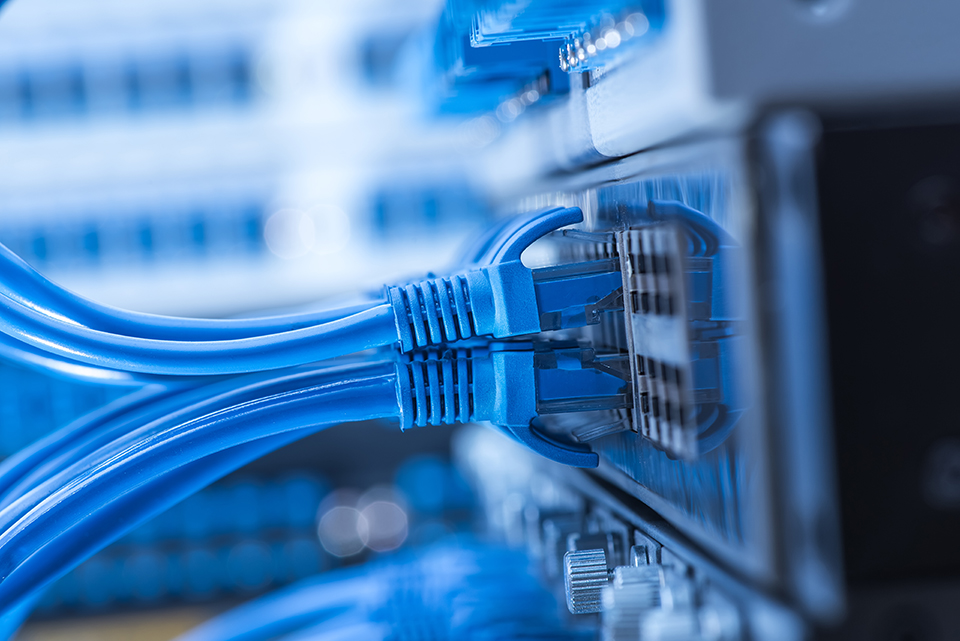“Net Neutrality” at a Glance

What You Need to Know
- The term “Net Neutrality” is misleading in the context of the recent debate over the subject, which focuses more on who should be able to direct the internet experience: should it be the consumers, or should the federal government be able to micromanage the internet?
- The focus of ALEC Action and the freedom movement is to allow the consumer to control the internet experience, combined with “light-touch” regulation by the government, allowing for more rapid technology development and implementation, and a more consumer friendly internet.
- “Light-touch” regulation refers to limited government (state or federal) involvement in the internet experience, only stepping in when consumers are harmed or wronged. As such, the Federal Trade Commission (FTC), which has experience with consumer protection, would be a better regulating agency for the field than the Federal Communications Commission (FCC).
- The alternative, imposing Title II regulations, will make the internet government driven, rather than consumer driven, tying up technological advancements and improvements in red tape and bureaucracy, and making the internet framework slower to respond to consumer wants and needs.
- Title II regulation also scares away network investment: the top six Internet Service Providers (ISPs) have reported $3.3 Billion in capital flight, costing American money and American jobs.
- Limited, consistent government with “light touch” regulation drives innovation and advancement in the internet field, and promotes low barriers to entry in a more free market.
